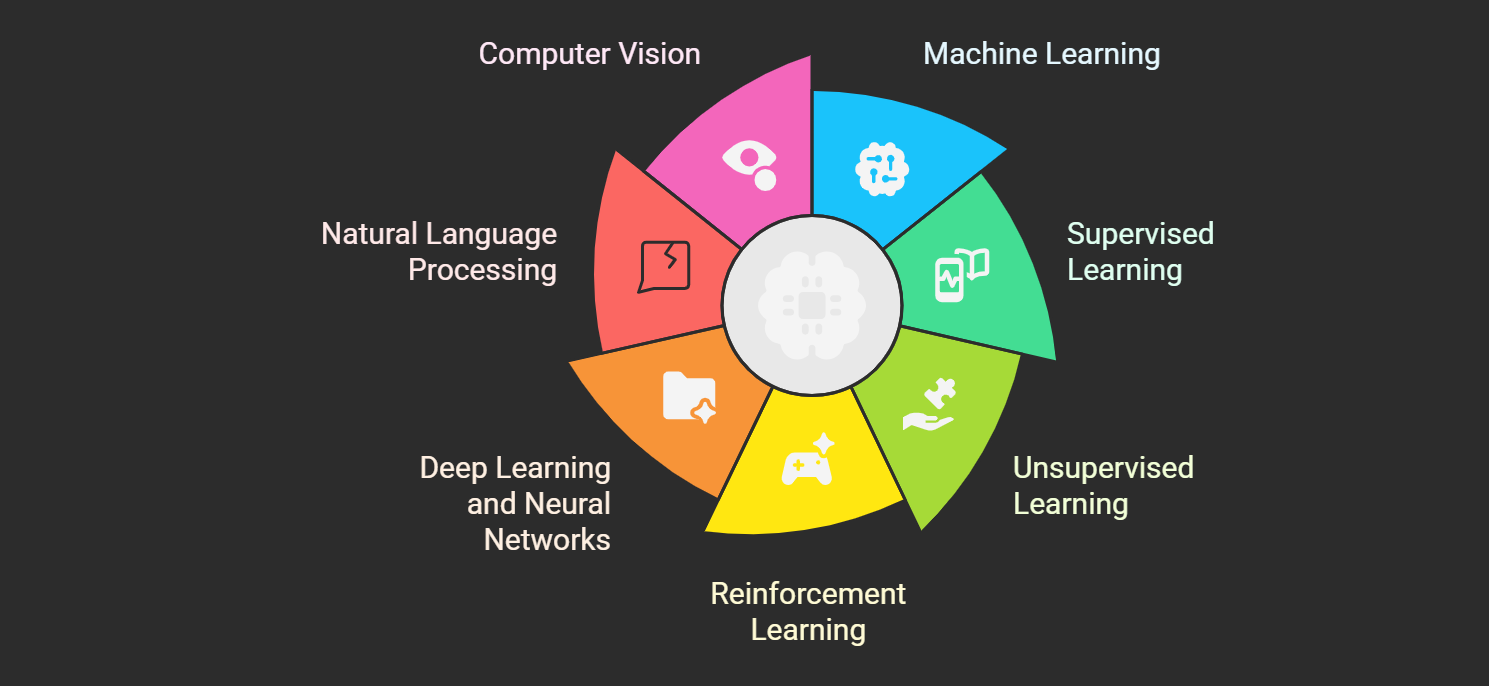
Imagine standing in a bustling marketplace with limited coins in your hand. You want the freshest fruits, the best spices, and maybe a handcrafted basket—but you can’t buy everything. Instead, you must weigh trade-offs, prioritise, and walk away with the most value for your money.
This careful act of making the best possible decision under constraints is the essence of mathematical optimisation. In AI and data science, it becomes the invisible engine that enables algorithms to make informed choices—whether allocating resources, training models, or predicting outcomes.
Why Optimisation is the Compass of AI
Optimisation functions as a compass, pointing algorithms toward the most effective solution. In machine learning, models constantly adjust parameters—like a musician tuning strings—seeking harmony between accuracy and efficiency.
Consider linear regression: the model isn’t just drawing a line; it’s finding the line that minimises error across all data points. Neural networks do something similar, tweaking millions of parameters through optimisation techniques until predictions align with reality.
Students often encounter these principles in a data science course, where they learn how optimisation transforms abstract equations into practical tools that power real-world AI systems.
Real-World Examples of Optimisation at Work
Optimisation doesn’t live only in equations—it shapes everyday decisions. Logistics companies utilise it to design delivery routes that minimise fuel consumption and reduce travel time. Airlines rely on it to adjust ticket prices dynamically while managing seating capacities. Healthcare providers apply it to optimise staff schedules and treatment plans.
In AI, recommendation engines on e-commerce sites use optimisation to suggest the most relevant products, while search engines apply it to rank results in milliseconds. These real-world examples reveal optimisation not as a theoretical concept but as a practical driver of efficiency and innovation.
Professional training, such as a data science course in Pune, often immerses learners in these applications. By solving case studies across various industries, students gain insight into how optimisation converts raw data into actionable strategies that directly impact businesses and consumers.
Techniques That Shape the Field
Optimisation comes in many flavours. Linear programming helps solve resource allocation problems, while nonlinear methods tackle complex, curved relationships. Gradient descent, a cornerstone in machine learning, works like a hiker descending a foggy mountain—taking small steps downhill until reaching the lowest point of error.
Other approaches, such as evolutionary algorithms or simulated annealing, mimic nature itself—borrowing strategies from biology and physics to explore solutions when direct calculation is too costly. These diverse techniques highlight optimisation’s adaptability, allowing it to serve industries as varied as finance, robotics, and energy.
A well-structured data scientist course often introduces students to these tools early, ensuring they grasp not just the theory but also the art of choosing the proper method for the problem at hand.
The Future ofOptimisationn in AI and Data Science
As datasets grow larger and models become more complex, optimisation will only become more critical. Next-generation methods now focus on scaling algorithms across distributed systems, reducing computational costs, and making real-time adjustments.
For AI applications like autonomous vehicles, fraud detection, or smart manufacturing, the ability to optimise instantly—under uncertainty and within constraints—will define success. Professionals who deeply understand optimisation will shape this future, ensuring that AI remains efficient, ethical, and impactful.
Educational hubs offering programmes like a data science course in Pune are already preparing learners for this future, bridging foundational mathematics with applied machine learning techniques.
Conclusion
Mathematical optimisation is the quiet force steering AI and data science toward intelligent outcomes. Like a skilled navigator guiding a ship through turbulent seas, it helps algorithms find the best course in a sea of possibilities.
For practitioners, the lesson is clear: mastering optimisation isn’t optional—it’s fundamental. It equips them to design more innovative models, solve complex problems, and create systems that adapt gracefully to real-world challenges. In the evolving landscape of AI, optimisation will remain the compass ensuring progress stays on course.
Business Name: ExcelR – Data Science, Data Analytics Course Training in Pune
Address: 101 A ,1st Floor, Siddh Icon, Baner Rd, opposite Lane To Royal Enfield Showroom, beside Asian Box Restaurant, Baner, Pune, Maharashtra 411045
Phone Number: 098809 13504
Email Id: enquiry@excelr.com
